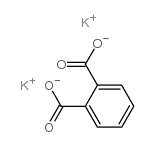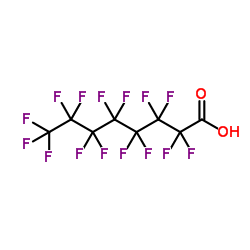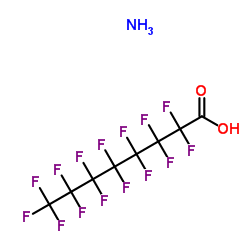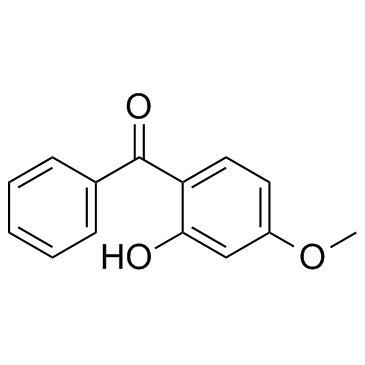| Structure | Name/CAS No. | Articles |
|---|---|---|
 |
bisphenol A
CAS:80-05-7 |
|
 |
di-potassium phthalate
CAS:4409-98-7 |
|
 |
Potassium hydrogen phthalate
CAS:877-24-7 |
|
 |
Perfluorooctanoic Acid
CAS:335-67-1 |
|
 |
Ammonium perfluorocaprilate
CAS:3825-26-1 |
|
 |
Oxybenzone
CAS:131-57-7 |
|
 |
Phthalic acid
CAS:88-99-3 |